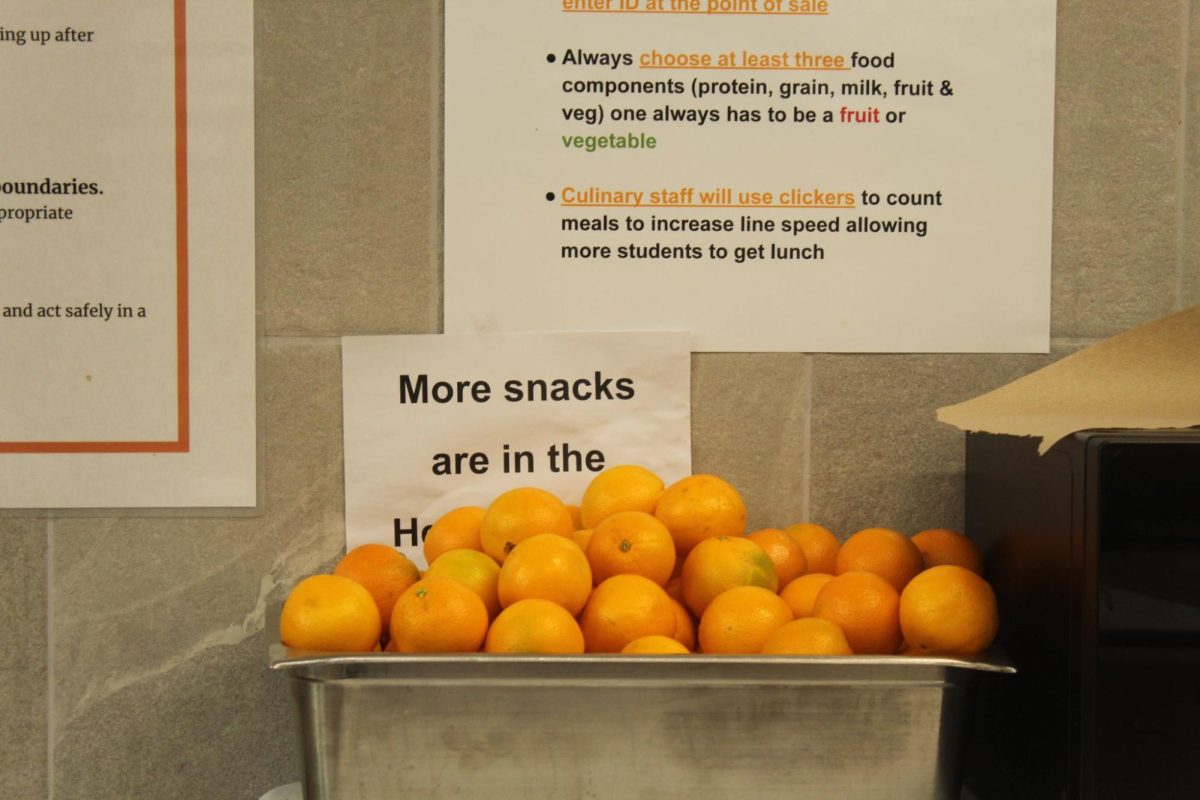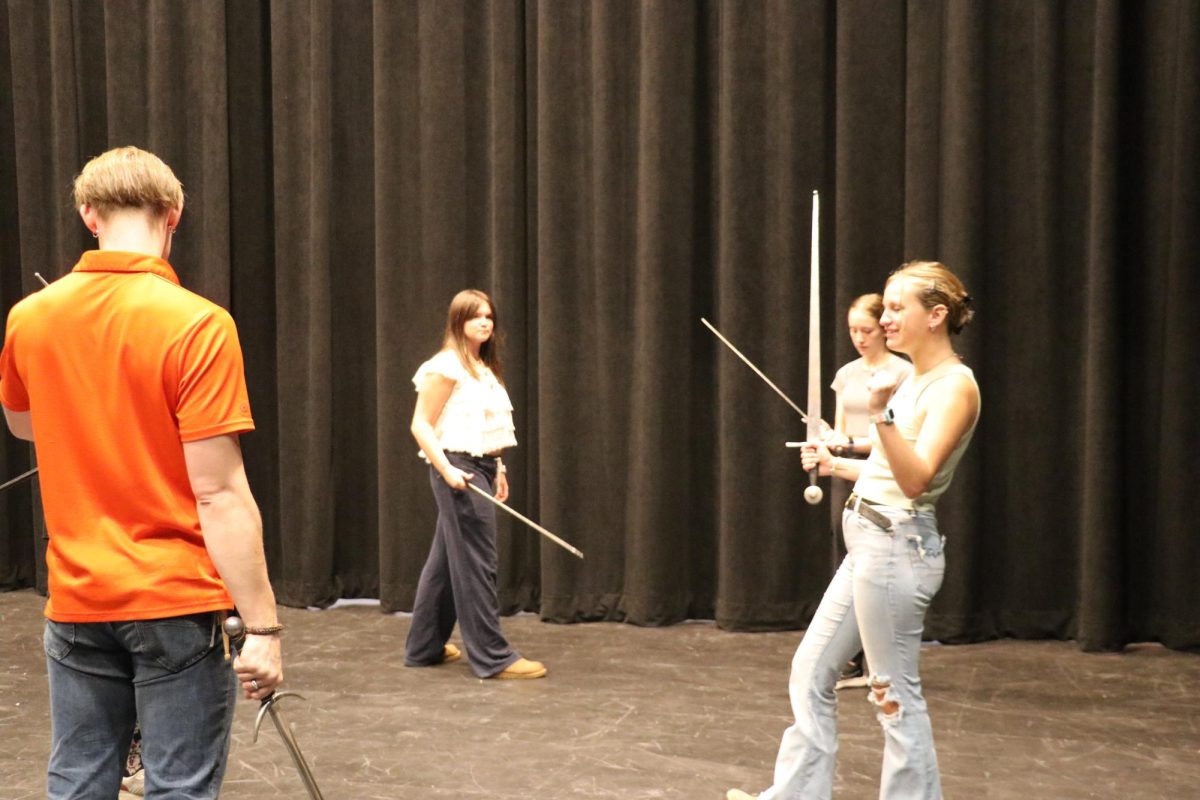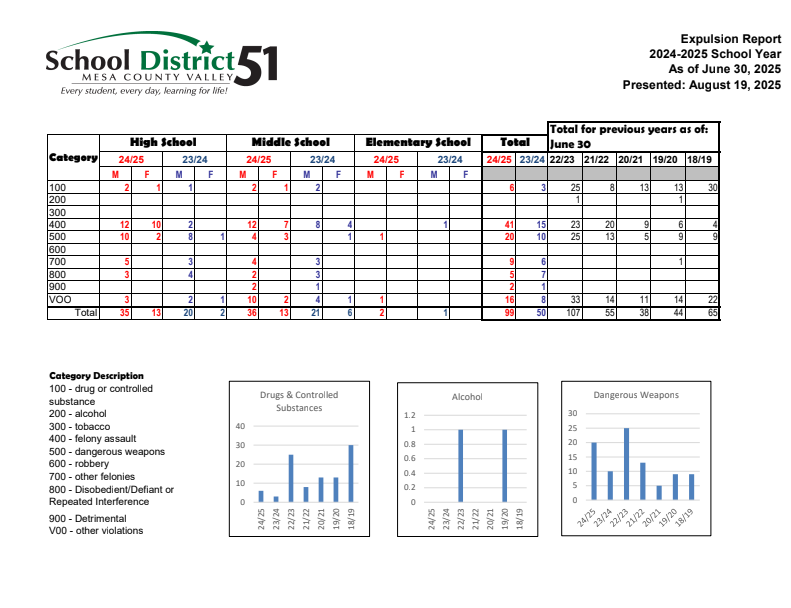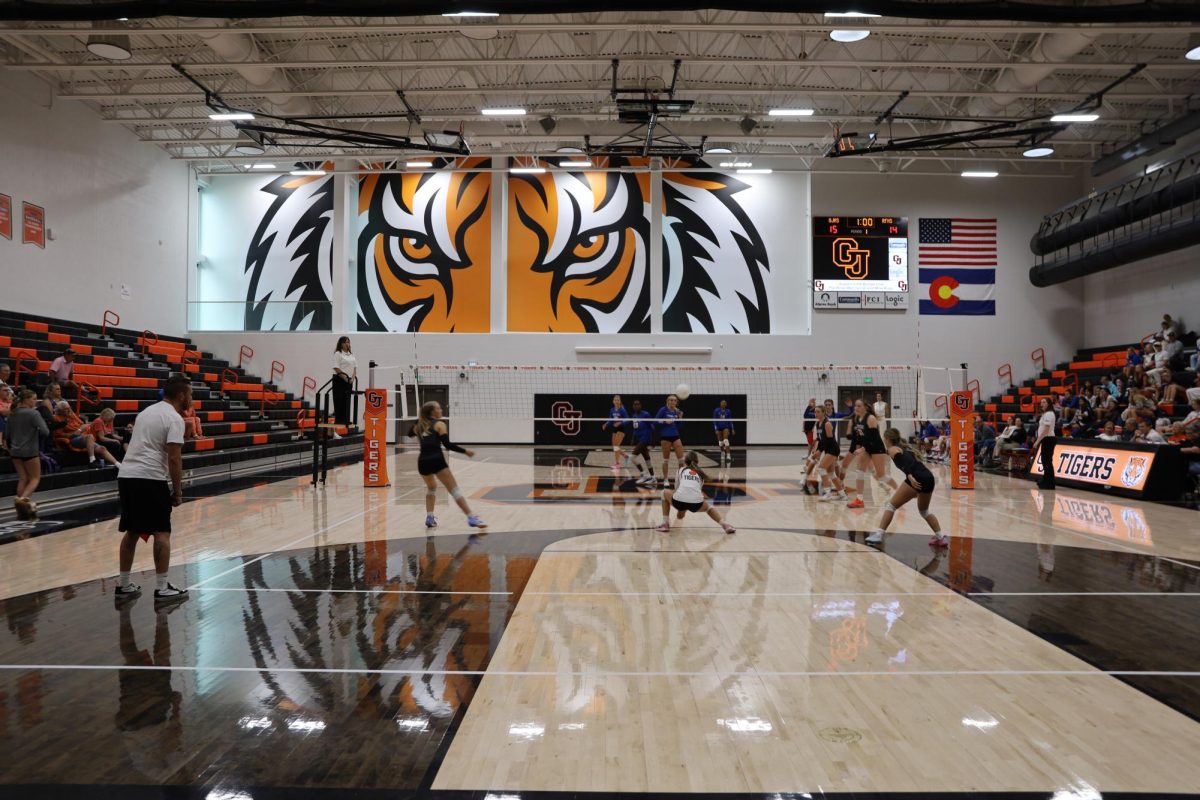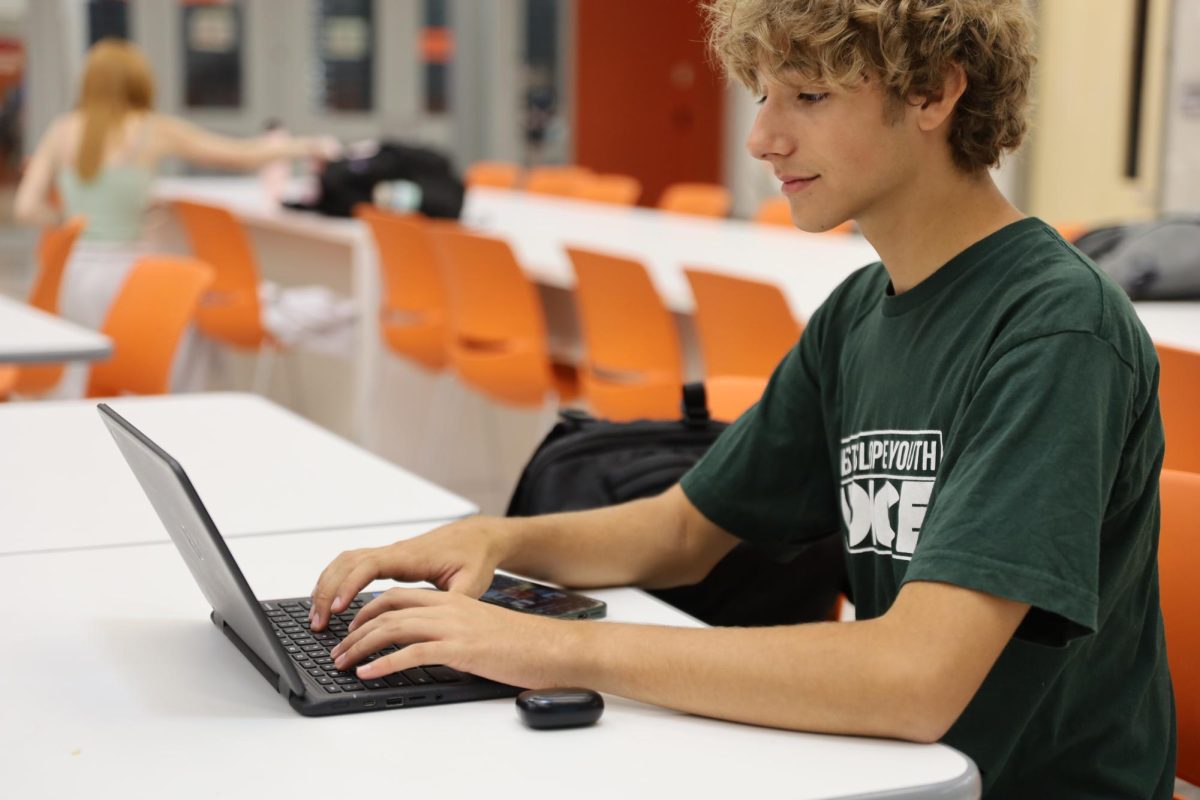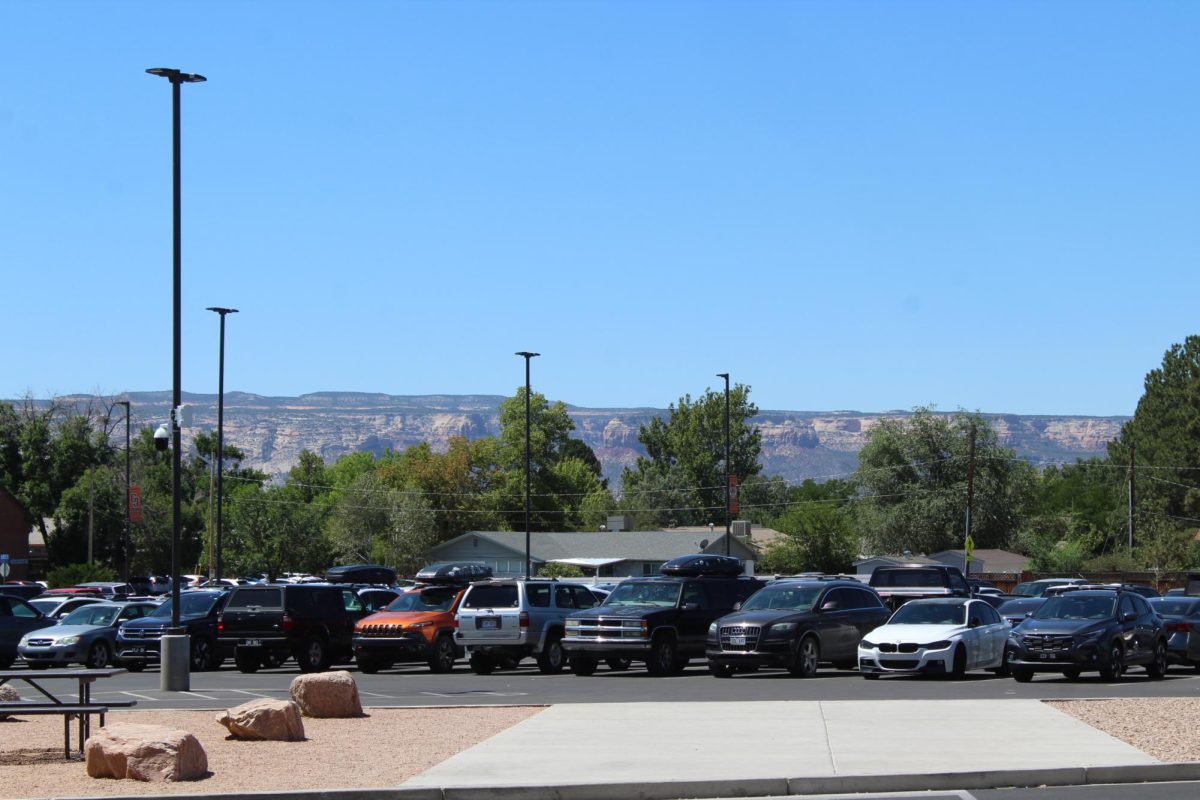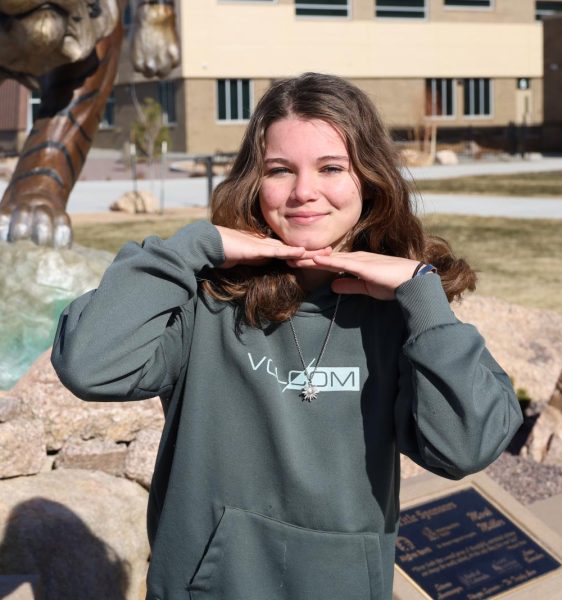Grand Junction High School is fighting against food waste that commonly occurs throughout schools in America.
According to a report by the World Wildlife Fund, the annual amount of food waste for schools in America is 530,000 tons. This food waste costs around $1.7 billion annually.
Although many schools struggle with wasting food, GJHS is fighting against it. However, it’s difficult because it’s not only the staff, but also the students wasting food.
“The food waste is pretty bad. People just kind of take food without eating it,” said GJHS junior Amirra Dolobacs.
It’s difficult to control the student population, which consists of 1,802 students this semester according to the counseling office. GJHS has strict rules of how much, and what your lunch consists of: one entree and one fruit and/or vegetable. Many students take a fruit and/or a vegetable, and then continue to throw it away.
“A lot of the food waste is on the front side. Kids take two or three scoops of fruit, knowing they’re not gonna eat it anyway when they could just take one,” said Ted Riley, the head of dining at GJHS.
GJHS is working against food waste by trying to manage the amount of food not consumed. The school has a “share” table outside the cafeteria, which allows students to place unwanted food on the table for other students to later consume.
Riley also works hard to notice the change in the amount of food consumed.
“I look historically at what we’re doing, and then I take into account what statistically if we’re trending up, I’ll probably bump it up to 3 or 5%,” said Riley.
After a while, or when the shared table is full, GJHS head custodian Jason Garrison takes the leftover food to the culinary arts program. GJHS culinary arts teacher Sarah Keen then uses leftover food for her classes. For example, they dry the food and make simmer pots, which are then sold to LCCLA (Latino Coalition for Community Leaders), a leading advocacy group for Latino workers in the area.
GJHS is also building a compost garden, which is run by the special education students and staff. The compost should help with food that can not be reused or given away. The compost can be found in the courtyard outside the first floor special ed rooms.
“I did a compost at Bookcliff (middle school), and we composted all of the waste from the cafeteria. I had composted that into my garden to make dirt, and so the amount of food waste drastically went down,” said GJHS teacher Ashley Hansen, who is in charge of the compost.

